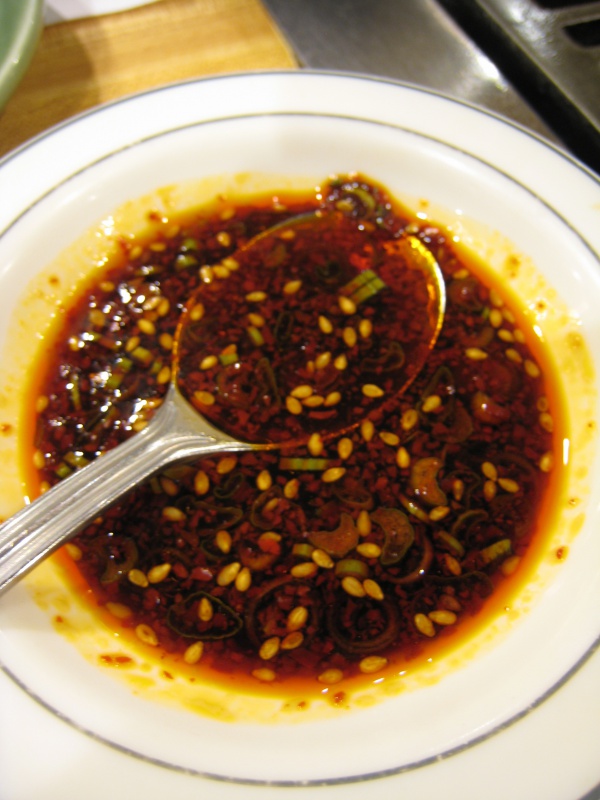Facts About Ganjang
Soy sauce, also known as soya sauce, is a cherished liquid condiment originating from ancient China. Crafted from a fermented blend of soybeans, roasted grains, brine, and molds such as Aspergillus oryzae, soy sauce has been a culinary mainstay for over 2,200 years, dating back to the Western Han dynasty. Today, it is a popular ingredient throughout East and Southeast Asia.
Soy sauce's versatility shines in various culinary applications: it can be drizzled directly onto food, used as a dipping sauce, or incorporated into cooking for seasoning. It is a common accompaniment to sushi, noodles, and sashimi, and can even be mixed with ground wasabi for an added kick. Soy sauce bottles are often found on restaurant tables worldwide, and it is conveniently stored at room temperature.
The production of soy sauce is deeply rooted in tradition, with countries like China, Japan, and Korea each offering their unique methods and variations. The process typically involves fermentation or hydrolysis, with the distinctive flavor, color, and aroma emerging from non-enzymatic Maillard browning. Traditional methods combine soybeans and grains with mold cultures such as Aspergillus, whereas modern techniques might use acid-hydrolyzed vegetable protein and high-salt liquid-state fermentation.
The chemical composition of soy sauce varies based on the raw materials, fermentation techniques, and post-fermentation treatments used. It contains essential components like free amino acids, water-soluble peptides, and Maillard reaction products. The flavor profile of soy sauce is predominantly salty, enhanced by umami, sweetness, and a hint of bitterness, all contributing to its complex taste.
Different regions have their own versions of soy sauce, each with unique flavors, consistencies, and culinary uses. For instance, Chinese, Japanese, Korean, and Indonesian soy sauces each bring something special to the table. Nutritionally, soy sauce provides protein and sodium, with low-sodium options available for those who need them. However, it is important to note that some commercially produced varieties may contain carcinogens like ethyl carbamate and chemicals such as 3-MCPD and 1,3-DCP. Allergies to soy sauce are rare and usually related to wheat intolerance, but gluten-free alternatives like Japanese tamari are available.

 North Korea
North Korea